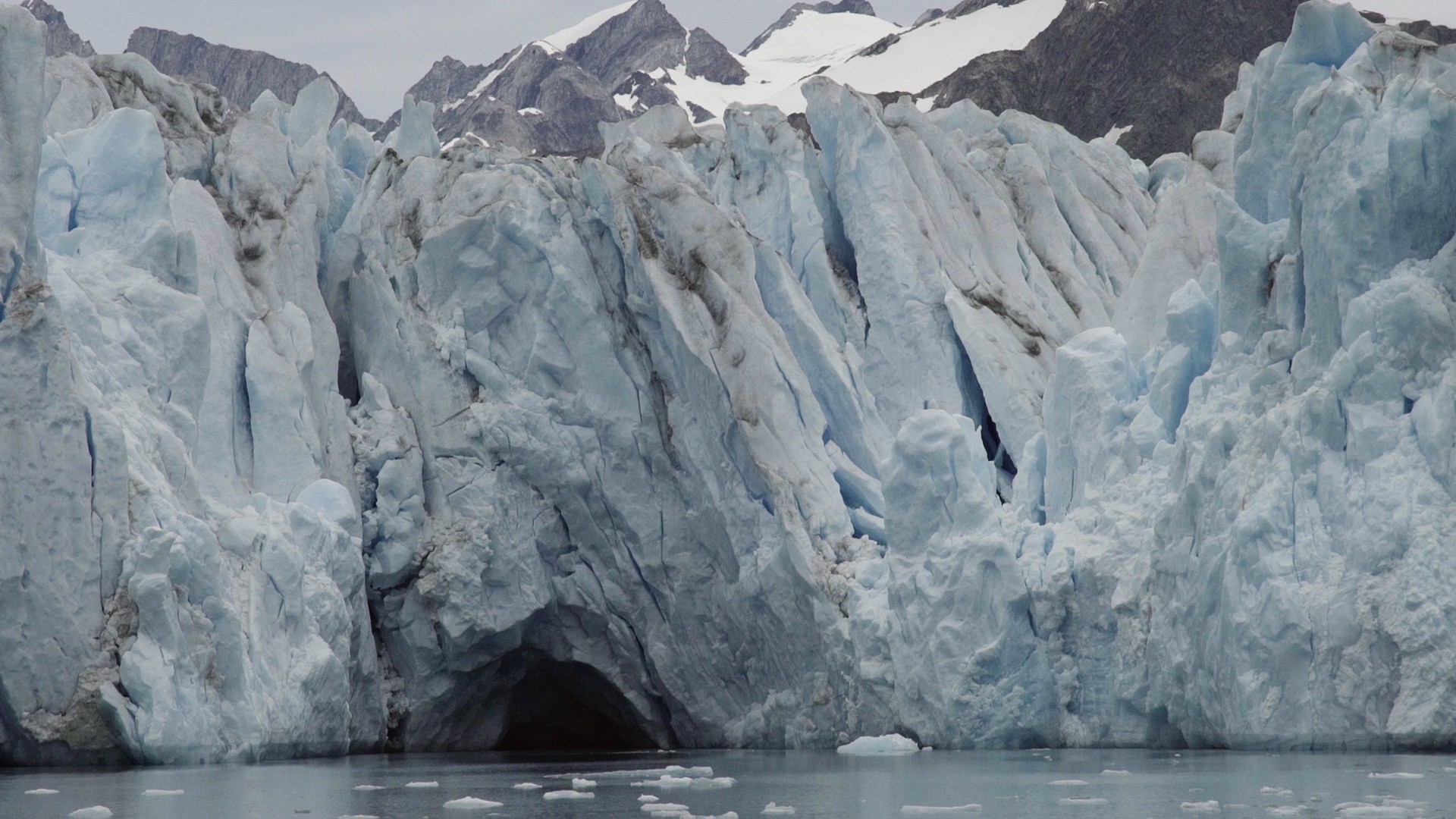Want the best of VICE News straight to your inbox? Sign up here.Remember that massive heat wave that ripped through Europe? Well, now it’s over Greenland and melting billions of tons of ice.Greenland’s surface is usually 82% ice, but right now a decent portion of that is slush. July has been exceptionally hot, and the Danish territory’s ice sheet has been melting at near-record rates.More than 10 billion tons of ice melted on Wednesday alone, which brought the monthly total to 217 billion tons, Ruth Mottram, a climate scientist with the Danish Meteorological Institute, told the Associated Press. And it will likely get worse.“It looks like the peak will be today,” Mottram said Thursday. “But the long-term forecast is for continuing warm and sunny weather in Greenland, so that means the amount of the ice loss will continue.”According to the AP, about 110 billion tons of ice melt equals 0.01 inches in global sea-level rise. So Greenland’s July ice melt corresponds to global sea levels rising nearly 0.02 inches. Cover: In this image taken on June 13, 2019 small pieces of ice float in the water off the shore in Nuuk, Greenland. Milder weather than normal since the start of summer in Greenland, led to the UN's weather agency voicing concern that the hot air which produced the recent extreme heat wave in Europe could be headed toward Greenland where it could contribute to increased melting of ice. (AP Photo/Sandy Virgo)
Cover: In this image taken on June 13, 2019 small pieces of ice float in the water off the shore in Nuuk, Greenland. Milder weather than normal since the start of summer in Greenland, led to the UN's weather agency voicing concern that the hot air which produced the recent extreme heat wave in Europe could be headed toward Greenland where it could contribute to increased melting of ice. (AP Photo/Sandy Virgo)
Advertisement
READ: Scientists say the Trump administration is censoring their climate researchThe area affected by the melt this year is as big as any since 2012, when more than 90% of the ice area was affected. Right now about 57% is affected.“We’re basically on pace. We’re in the ballpark of the 2012 record,” Marco Tedesco, a polar scientist at Columbia University’s Lamont Doherty Earth Observatory, told National Geographic.Much of the ice will refreeze, but some will be lost for good. Over time, that has a very real effect on sea levels. It’s projected that by 2100 Greenland’s accelerated ice loss will add anywhere between 2 and 13 inches of water to earth’s oceans.READ: This French city closed its pools during a heat wave because of burkinisClimate scientist Xavier Fettweis told National Geographic that these record melt years are going to become commonplace.“This is not just one hot summer among a lot of cool ones,” he said. “This kind of anomaly has been repeated this year, and similarly in 2016, 2012, 2011, 2009, 2008, and so on.
